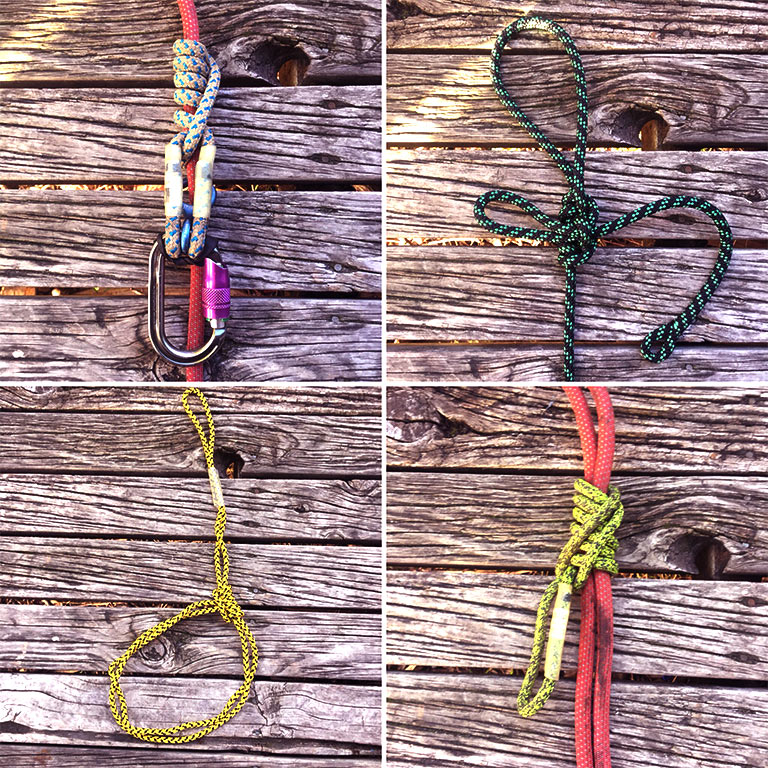- Joined
- Feb 4, 2021
- Messages
- 4,977
Here is one more good oneDoes anyone know of a thread outlining the various hitches, their pro’s/cons to using them and acceptable/unacceptable use cases?

TOP TEN FRICTION HITCHES - FOR CLIMBERS
Here we show you 10 of the best friction hitches that every climber should know! There always seem to be new ones coming out and it can be hard to keep up to date with it all. That isn’t to say that there aren’t still some classics out there that have stood the test of time but not to worry -...
 reecoil.com
reecoil.com



